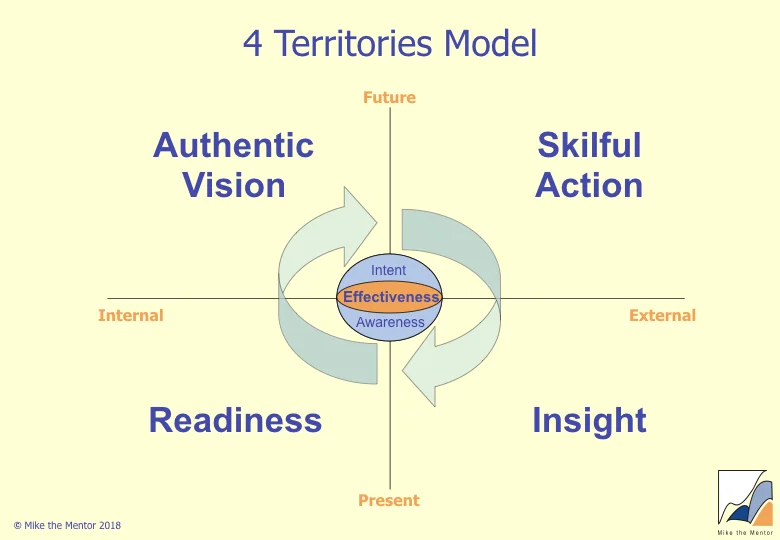Working Identity
/Our increasing affluence coupled with the ever-increasing rate of change in the world of work gives us the opportunity, or sometimes the necessity, of changing careers several times during our lives. As Herminia Ibarra pointed out long ago in the Harvard Business Review How to Stay Stuck in the Wrong Career, the conventional approach to this is to try to work out which career to follow and then go off and do it.
The problem is that this "plan and implement" approach doesn't work for significant career transitions. Ibarra suggests that this is because what we do is strongly determined by our Working Identity - our sense of self in our professional roles, what we convey about our selves and others, and ultimately how we live our working lives.
If this is true then changing careers means redefining our Working Identity. We often think of ourselves as having a single monolithic identity but, as psychologists such as Roberto Assagioli, the originator of Psychosynthesis, have suggested, we are actually a multitude of selves. These selves, or sub-personalities, co-exist within us. Some get a lot of air-time, others less; some we are comfortable with, others we fear or deny; some inspire us, others keep us wedded to routine. But in all their variety and diversity, they contain the seeds of who we can become and of new Working Identities.
To explore these possible selves we should use instead a "test and learn" model of change in which we seek opportunities to experience different aspects of ourselves and make our alternative futures more vivid, more tangible and more doable. Ibarra identifies three basic techniques:
Crafting Experiments: The only way to figure out what we really want to do is by giving it a try and discovering if the reality matches our fantasies. Most people create new identities on the side at first, for example by getting involved in extracurricular activities and weekend projects.
Shifting Connections: Who we spend time with influences who we become. So another thing we can do is to find people who can help us see who we are becoming and help us grow into our new selves. This may be an individual mentor or coach, or a group such as a new professional community.
Making Sense: We are the stories that we tell about ourselves. Therefore key to redefining our Working Identity is finding a new, more meaningful story to tell about who we are and who we are becoming. We must tell and retell our story, allowing it to evolve.
Each of these approaches may require many iterations - we try some activity and discover that we love one part of it but can't stand another part so we craft a new experiment; or we try telling a different story about what we're doing with our lives and notice which parts resonate.
Ibarra gives an example of Gary, a former investment banker, whose possible selves included a "ditch it all and open a tour-guide business with my wife in the south of France" self; a socially respectable "junior partner" self that his parents would have endorsed; a youthful, outdoorsy "follow your passion" self who renounced convention and wanted to open a scuba business; a "responsible spouse and future parent" self who wanted to make good dual-career decisions; and various others.
Gary dabbled in wine tours and flirted with buying a scuba diving operation; he used his alumni and company networks; and he also grasped the opportunity to work for a long admired role model. His exploration finally led him to a job as an internal venture capitalist, a role that allowed him to use his skill set in consulting and finance but granted him creative latitude and total ownership of his results.

